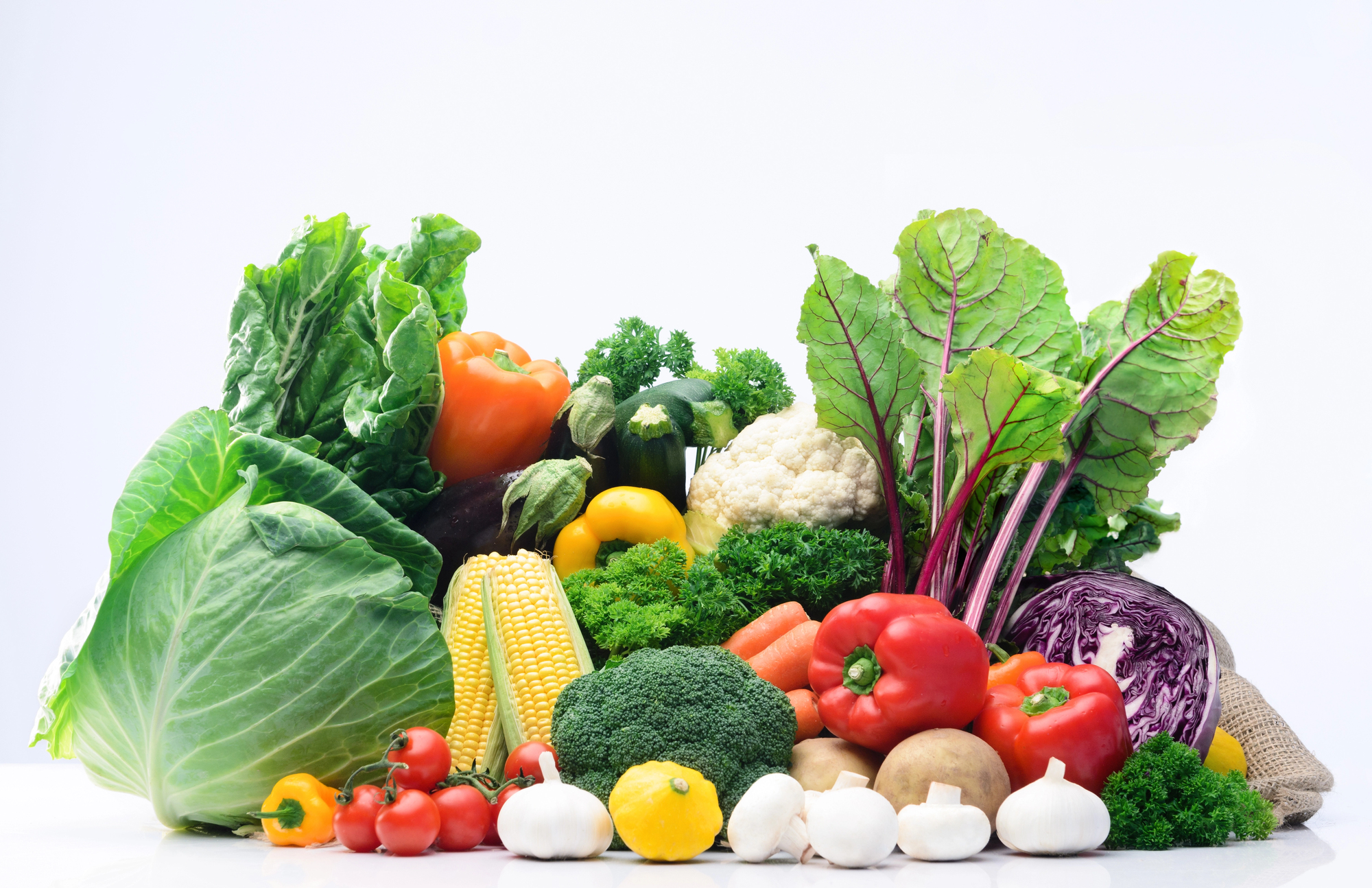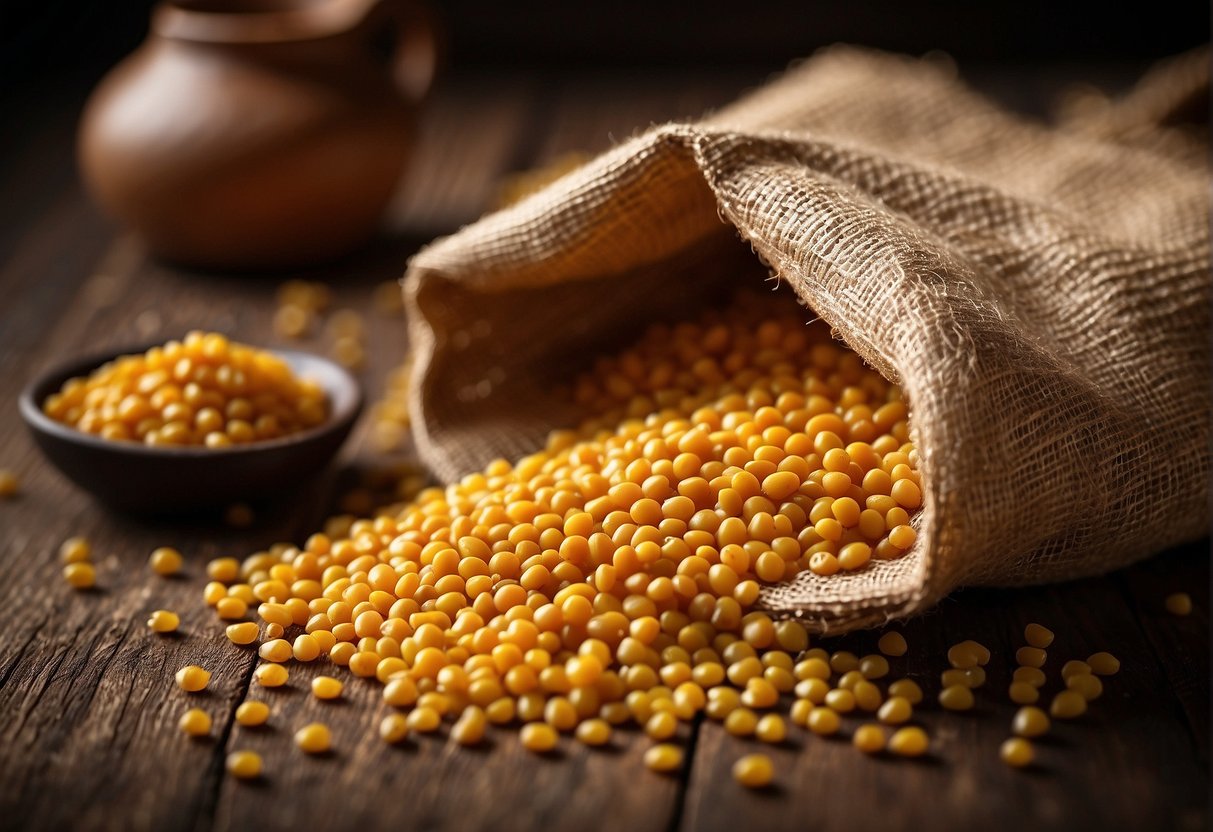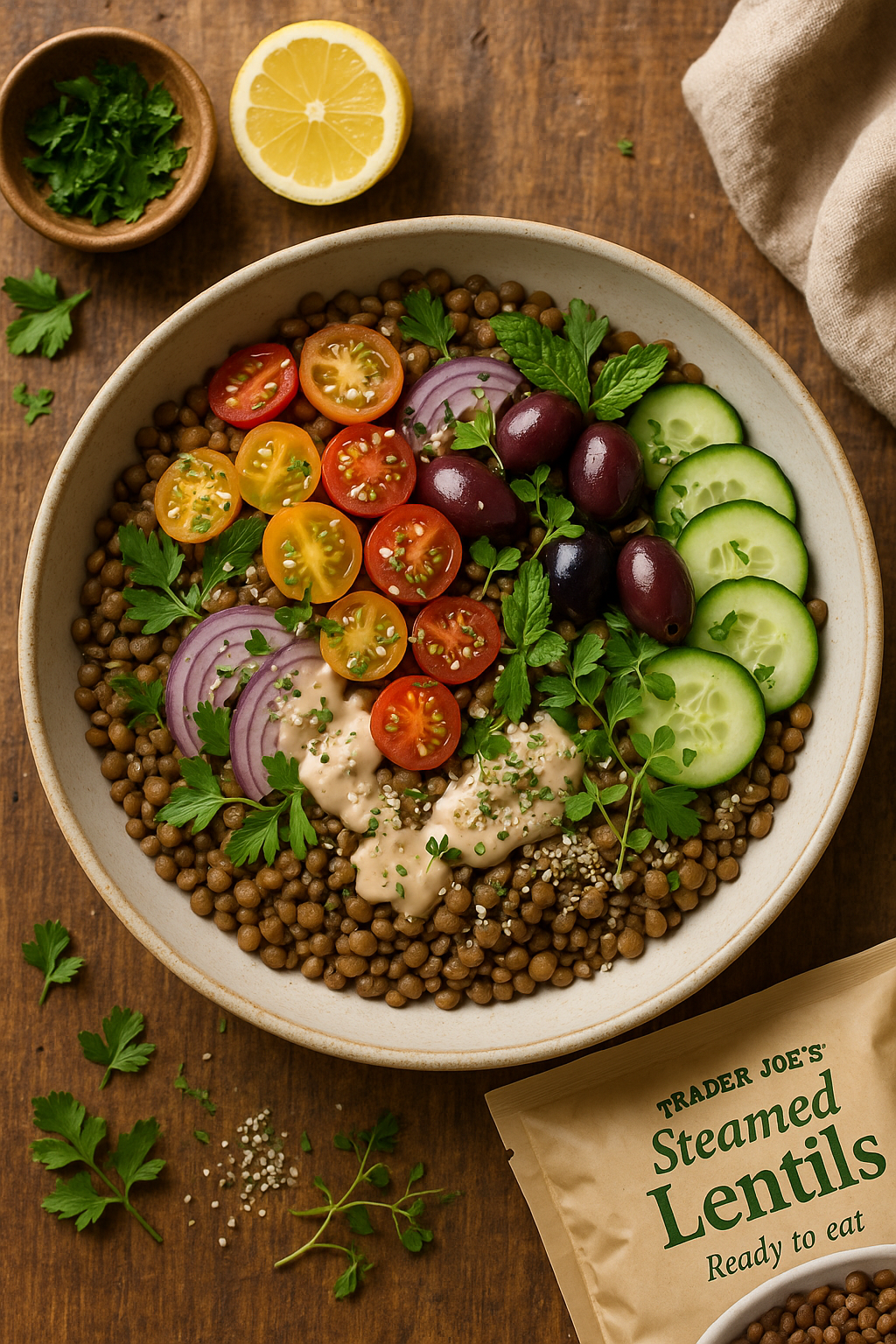When I first started paying attention to seasonal eating, it wasn’t because of trying to be trendy or environmentally conscious—though those are wonderful side effects. It was because a simple tomato in August tasted infinitely better than one in January. That revelation changed my entire approach to cooking and eating.
Seasonal meal planning means designing meals around foods that are naturally harvested at their peak during specific times of the year. The benefits extend far beyond just superior taste. Seasonal foods are typically less expensive when they’re abundant. Plus, they’re at their nutritional peak when freshly harvested, offering maximum vitamins and minerals compared to produce that’s traveled halfway around the world.
From an environmental perspective, seasonal meal planning generally means a lower environmental impact. Buying strawberries in May from a local farm rather than ones shipped from another hemisphere in December reduces the energy needed for transportation and storage.
Most of you may be aware that I am currently taking a course on nutrition. A recent training video in this program featured Dr. Michael Klapper, who teaches nutrition to medical students and serves as an advisor to NASA. His presentation highlighted the powerful connection between seasonal eating and plant-based diets, showing how these approaches complement each other to maximize nutritional benefits. The course has been eye-opening about how closely aligned seasonal meal planning is with optimal health outcomes.
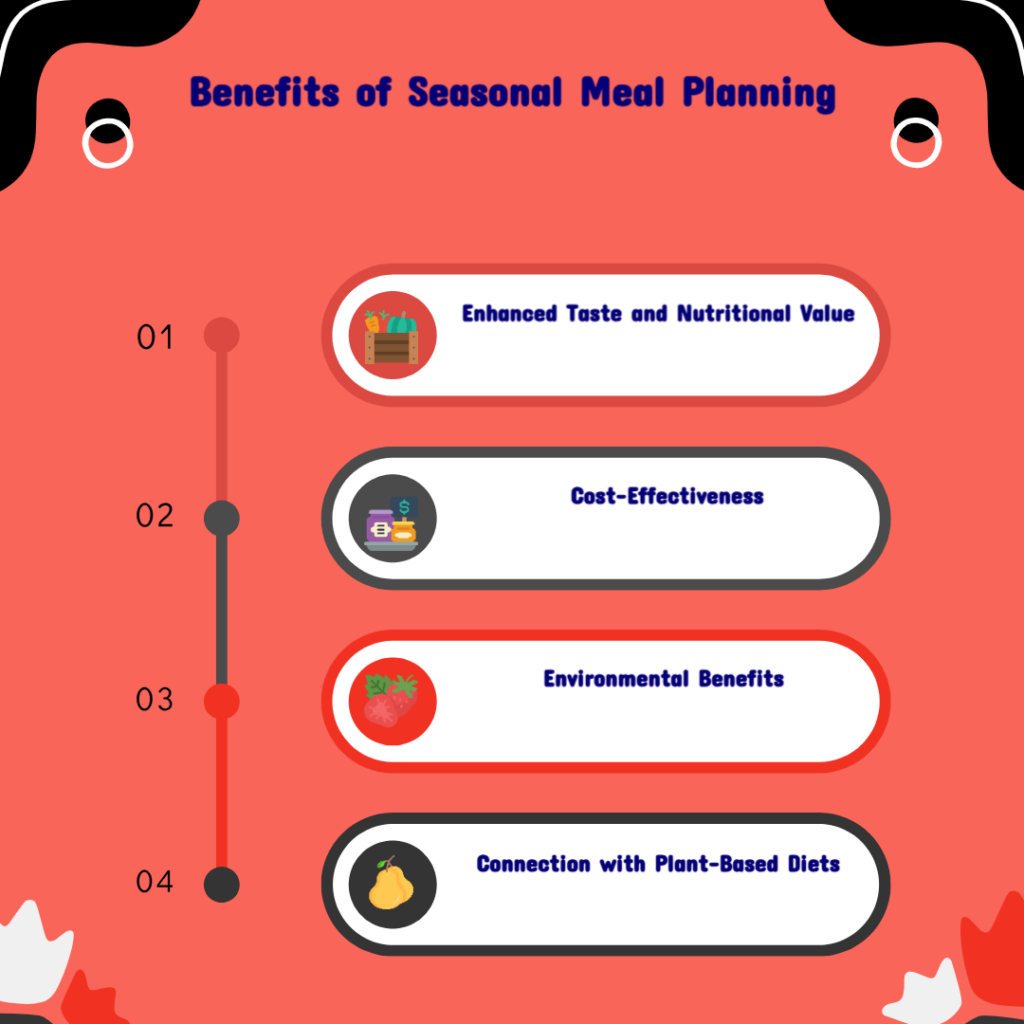
Exploring Seasonal Produce
From a biological perspective, fruits and vegetables have natural growing cycles aligned with specific climate conditions. These cycles affect the nutritional content and flavor compounds present in the produce. Research published in the Journal of Agricultural and Food Chemistry indicates that the concentration of certain phytonutrients can be significantly higher in seasonally appropriate produce.
For example, winter vegetables like Brussels sprouts and kale contain higher levels of certain glucosinolates—compounds associated with cancer-preventive properties—when harvested after exposure to cold temperatures. Similarly, the vitamin C content in strawberries reaches its peak during their natural spring/early summer harvest period.
The plant’s exposure to natural light cycles, temperature variations, and rainwater also contributes to the development of flavor compounds. This explains why a locally grown, in-season tomato, contains more volatile compounds responsible for its characteristic aroma and taste compared to greenhouse tomatoes grown out of season.
Seasonal Produce Calendar
Winter (December-February)
- Fruits: Citrus (oranges, grapefruits, lemons), pomegranates, persimmons, kiwi
- Vegetables: Brussels sprouts, kale, cauliflower, winter squash, sweet potatoes, turnips
Spring (March-May)
- Fruits: Strawberries, apricots, cherries (late spring)
- Vegetables: Asparagus, artichokes, peas, spring onions, radishes, spinach, arugula
Summer (June-August)
- Fruits: Berries, peaches, plums, watermelon, cantaloupe, cherries
- Vegetables: Tomatoes, cucumber, corn, zucchini, bell peppers, green beans, eggplant
Fall (September-November)
- Fruits: Apples, pears, figs, grapes
- Vegetables: Pumpkin, butternut squash, broccoli, cauliflower, mushrooms, Brussels sprouts
I’ve found that printing this calendar and keeping it on my refrigerator provides a helpful reference when seasonal meal planning each month.
How to Shop Seasonally
My favorite places to find seasonal produce are:
- Farmers’ markets: These venues provide opportunities to speak directly with growers about their products, where shoppers may discover unusual varieties not typically found in supermarkets.
- Direct farm subscription programs or Community Supported Agriculture (CSA): These programs can introduce participants to diverse vegetables and seasonal ingredients, potentially encouraging culinary experimentation with what’s available in each delivery.
- Local grocery stores: Many now highlight local and seasonal products, sometimes with special sections dedicated to regional farms.
- Growing my own: Even with limited space, I’ve managed to grow herbs and some vegetables in containers, connecting me more deeply to the seasonality of food.
When shopping, look for produce that appears vibrant and feels heavy for its size. I’ve learned that imperfect fruits and vegetables often taste just as good and reduce food waste. At farmers’ markets, asking vendors about their growing practices can provide valuable insights and suggestions for preparing unfamiliar items.
Elevate Your Seasonal Cooking with the Breville Smart Oven Air Fryer Pro
If you’re looking to take your seasonal cooking to the next level, the Breville Smart Oven Air Fryer Pro is an absolute game changer. With its 13 cooking functions, including air frying, baking, and roasting, this oven allows you to prepare seasonal vegetables to perfection. Its large capacity and precise temperature control make it ideal for cooking everything from roasted root vegetables in the fall to crisp, caramelized summer veggies. Whether you’re cooking a quick weeknight meal or preparing a seasonal feast, this versatile oven makes it all easier.

Breville BOV900BSS Smart Oven Air Fryer Pro and Convection Oven, Brushed Stainless Steel
- The Breville Smart Oven Air Fryer Pro with Element iQ System is a versatile countertop oven allowing you to roast, air fry and dehydrate; Super convection reduces cooking time by up to 30%; Choose from 13 cooking functions; Includes interior oven light
- AIR FRY AND DEHYDRATE SETTINGS: Air fry family favorites like French fries; Higher temperatures combine with super convection (maximized air flow) for crispy golden, air-fried foods; Oven also dehydrates up to 4 trays at once of a wide range of foods
- SUPER CONVECTION TECHNOLOGY: Electric air fryer’s 2 speed convection fan (super & regular) offers more cooking control; Super convection provides greater volume of hot air to ensure fast and even heat distribution for air frying, dehydration and roasting
- ELEMENT iQ SYSTEM: With 5 independent quartz elements, smart algorithms steer oven’s power where and when it’s needed to create a tailored cooking environment; Sensing and digital PID temperature control eliminate cold spots for precise cooking
My Plant-Based Table Story

Looking at this photo reminds me of one of my favorite winter comfort meals—a plant-based lasagna that satisfies even the most dedicated cheese lovers. In the image, you can see a delicious plate featuring layers of tofu, cashews, nutritional yeast, onions, and various herbs and spices. The bright green vegetables provide both visual appeal and nutritional balance to the rich, savory main dish.
I remember being surprised at how the cashew cream created that satisfying mouthfeel we associate with traditional dairy-based lasagna. The nutritional yeast adds that slightly umami, cheesy flavor without any animal products. What makes this dish especially fitting for seasonal meal planning is how adaptable it is—in winter, I might include spinach and mushrooms as shown here, while summer versions could incorporate zucchini, eggplant, and fresh basil.
This particular meal exemplifies how plant-based cooking can be decadent and satisfying while still incorporating seasonal vegetables. The combination of protein from tofu, healthy fats from cashews, and fiber from vegetables creates a nutritionally complete meal that doesn’t leave you missing meat or dairy.
Meal Planning Strategies
Planning meals around seasonal produce can simplify grocery shopping and cooking routines while reducing food waste in the household. Here’s an effective approach:
First, check what’s in season for the month ahead. Then take inventory of pantry staples and what needs to be used up in the refrigerator. With these two lists, I create a flexible plan for the week, usually with 4-5 dinner ideas that can be moved around based on energy levels and time constraints each day.
Designating one day for batch cooking components like grains, beans, or roasted vegetables allows for mix-and-match meals throughout the week. I’ve found this approach provides structure while allowing for adaptability.
Season-Ready Cast Iron: The Lodge Skillet Advantage
A Lodge Cast Iron Skillet is the perfect addition to your seasonal cooking toolkit. Whether you’re searing vegetables, making a cornbread to pair with your seasonal soups, or roasting root vegetables in the oven, this skillet offers unbeatable heat retention and even cooking. Over time, it naturally develops a non-stick surface, making it an essential and durable piece for any kitchen. Plus, cast iron skillets are excellent for cooking dishes that can transition between stovetop and oven, making them incredibly versatile for various seasonal dishes.

Lodge 15 Inch Cast Iron Pre-Seasoned Skillet – Signature Teardrop Handle – Use in the Oven, on the Stove, on the Grill, or Over a Campfire, Black
- YOUR NEW GO-TO PAN: Lodge cast iron cookware is the perfect kitchen tool for beginners, home cooks and chefs. Cast iron can handle any kitchen cooktop, oven, grill and open flame. Crafted in America with iron and oil, its naturally seasoned cooking surface creates an easy-release and improves with use.
- SEASONED COOKWARE: Seasoning is simply oil baked into the iron, giving it a natural, easy-release finish and helps prevent your pan from rusting. Lodge pre-seasons all cast iron cookware with 100% natural vegetable oil; no synthetic coatings or chemicals.
- RUST? DON’T PANIC! IT’S NOT BROKEN: When your pan arrives you may notice a spot that looks like rust. It’s simply oil that has not fully carbonized. With regular use and care the spot will disappear. If you do notice rust simply scour the affected area with steel wool, rinse, dry and rub with vegetable oil.
- COOKING VERSATILITY: Our skillets have unparalleled heat retention that gives you edge-to-edge even cooking every time you use your skillet. Cast iron cookware is slow to heat up but retains heat longer which makes cast iron ideal for pan-frying and roasting.
Monthly Meal Planning Templates
A monthly perspective helps reveal patterns in eating habits and ensures variety. Using a simple calendar template divided into weeks, with space for breakfast, lunch, and dinner ideas, makes organization easier. I focus on themes rather than planning every specific meal:
- Meatless Mondays
- Taco Tuesdays (using seasonal vegetables as fillings)
- Soup or Salad Wednesdays (depending on season)
- Grain Bowl Thursdays
- Pizza Fridays (with seasonal toppings)
- Weekend Cooking Projects
Within these themes, I have the flexibility to use whatever is freshest that week while maintaining a consistent shopping list for staples.
Practical Tips for Seasonal Meal Planning
Setting a budget is an important aspect of seasonal meal planning. Calculate a monthly food budget, then divide it by weeks. Allocate more of the budget to high-quality proteins and pantry staples, knowing that seasonal produce will generally be more affordable.
It’s also essential to consider dietary needs within the household. I incorporate naturally gluten-free grains like rice and quinoa for those with gluten sensitivity. When planning for guests, noting allergies and preferences on the meal plan helps avoid last-minute scrambling.
Seasonal Recipes by Month
Winter Recipes
Winter calls for warming, hearty dishes that utilize storage crops and citrus. My go-to recipes include:
Root Vegetable Gratin
This layered dish combines thinly sliced sweet potatoes, parsnips, and rutabaga with herbs and a cashew cream sauce, baked until golden and bubbling.
Citrus and Fennel Salad
A bright counterpoint to rich winter meals, this combines segments of orange, grapefruit, and blood orange with shaved fennel, mint, and a light vinaigrette.
Spiced Lentil and Kale Soup
This protein-rich soup features French lentils, lacinato kale, carrots, and warming spices like cumin and coriander.
Spring Recipes
Spring brings tender greens and the first fruits of the season:
Asparagus and Spring Pea Risotto
Creamy arborio rice provides the perfect backdrop for fresh asparagus spears and sweet peas, brightened with lemon zest.
Strawberry Spinach Salad
Young spinach leaves paired with sliced strawberries, toasted almonds, and a balsamic reduction make for a refreshing lunch.
Spring Vegetable Frittata
New potatoes, spring onions, and fresh herbs combine in this versatile egg dish, perfect for brunch or a light dinner.
Summer Recipes
Summer’s abundance allows for minimal cooking techniques to let the produce shine:
Heirloom Tomato Panzanella
This Tuscan bread salad showcases multicolored tomatoes with crusty bread, basil, and red onion dressed simply with good olive oil and vinegar.
Grilled Vegetable and Quinoa Bowl
Marinated and grilled zucchini, eggplant, and bell peppers served over quinoa with a tahini-herb sauce.
Fresh Corn and Black Bean Salad
Sweet corn cut straight from the cob, mixed with black beans, cherry tomatoes, avocado, and a lime-cumin dressing.
Autumn Recipes
Fall offers the last hurrah of summer crops alongside hearty squashes:
Butternut Squash and Sage Pasta
Roasted butternut squash tossed with pasta, fried sage leaves, and toasted pumpkin seeds.
Apple and Farro Salad
Chewy farro grains with crisp apple slices, dried cranberries, and a maple-mustard vinaigrette.
Mushroom and Leek Pot Pie
A medley of wild and cultivated mushrooms with leeks in a rich gravy, topped with a flaky crust.
For those who love making smoothies, soups, or sauces with seasonal ingredients, the Vitamix 5200 Blender is a must-have. Known for its powerful motor and excellent blending ability, this high-end blender can handle anything from creating silky-smooth vegetable soups to blending fresh fruits into a delicious seasonal smoothie. It’s designed to bring out the flavors of fresh ingredients while preserving their nutrients, making it an essential tool for anyone serious about plant-based, seasonal eating.

Vitamix 5200 Blender, Professional-Grade, 64 oz Container, Self-Cleaning, Black
- Variable Speed Control: Easily adjust speed to achieve a variety of textures. The dial can be rotated at any point during the blend, so you’re in complete control
- Large Batches: The size and shape of the self-cleaning 64-ounce container is ideal for blending medium to large batches. Design Feature : Radial cooling fan and thermal protection system
- Hot Soup: The blades in the Vitamix container reach speeds fast enough to create friction heat, bringing cold ingredients to steaming hot in about six minutes
- Hardened Stainless-Steel Blades: Our aircraft-grade stainless steel blades are designed to handle the toughest ingredients, so from the first blend to the last, you get the same quality results
Special Dietary Considerations
Vegan and Vegetarian Options
The beauty of seasonal meal planning is that produce naturally takes center stage. For protein-rich vegan meals, I incorporate:
- Legumes (chickpeas, lentils, beans)
- Tofu and tempeh
- Whole grains like quinoa
For today’s dinner, I have prepared a plant-based meal with pan-seared tempeh and oven-roasted seasonal vegetables. The combination of tempeh cubes with potatoes, green beans, and chickpeas creates a nutritionally complete dish that follows seasonal eating principles.
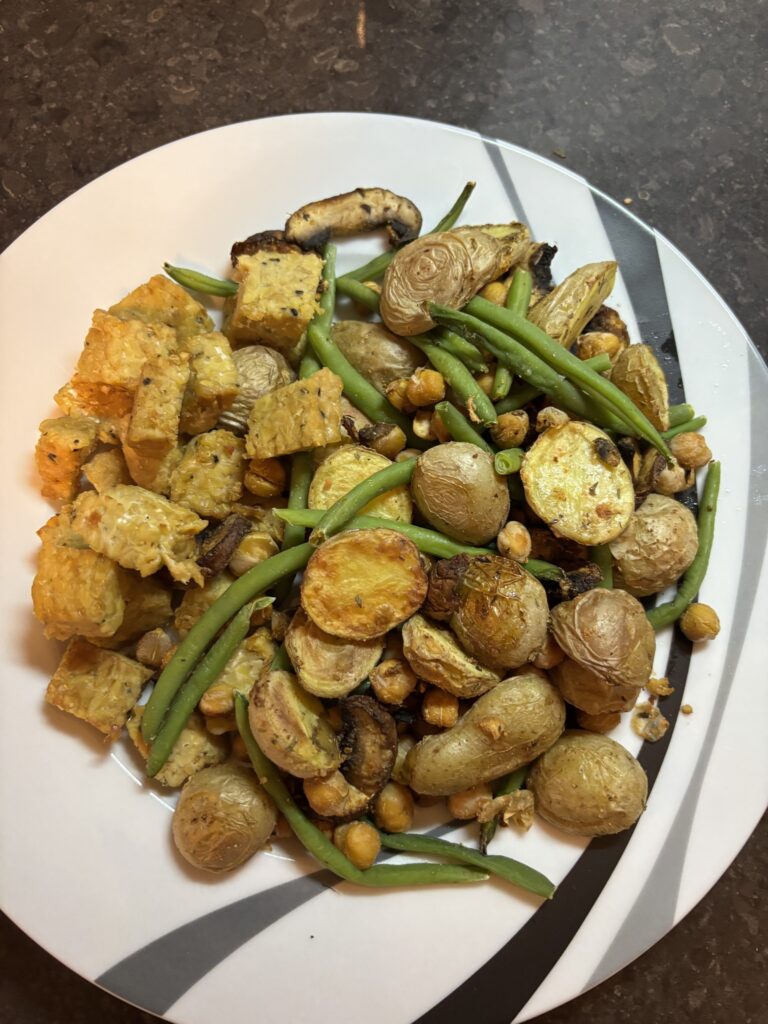
Gluten-Free and Low-Carb Options
Seasonal vegetables provide endless options for those avoiding gluten or limiting carbohydrates:
- Cauliflower rice as a grain substitute
- Zucchini noodles in place of pasta
- Lettuce wraps instead of tortillas
- Portobello mushroom caps as burger buns
Tools and Resources for Seasonal Meal Planning
Technology has made seasonal meal planning more accessible than ever. My favorite apps include:
- Seasonal Food Guide: Shows what’s in season in your specific region
- Mealime: Helps create meal plans with seasonal recipe suggestions
- Paprika: Stores recipes and generates shopping lists
Cooking classes that focus on seasonal ingredients can be valuable resources for expanding culinary skills. Workshops specializing in seasonal produce, such as spring greens, often teach innovative preparation methods and introduce participants to new techniques for familiar vegetables like asparagus.

Embracing Seasonal Rhythms
Plant-based dishes made with seasonal ingredients can often surprise even dedicated cheese enthusiasts, demonstrating the appeal and potential of seasonal meal planning.
The flavors experienced when biting into a just-picked strawberry in May or the comforting aroma of winter squash roasting in October connect us to something primal and nourishing. These experiences remind us that food isn’t just fuel; it’s a celebration of time and place.
Take Action Now! Transform your relationship with food today by embracing what’s in season. Begin with just one meal featuring what’s currently abundant in your region. Visit local markets to explore seasonal offerings. Involving children in selecting unusual in-season produce can create educational cooking opportunities.
Seasonal eating isn’t just a diet—it’s a revolution on your plate. Break free from bland, out-of-season produce and discover explosive flavors that nature intended. Your taste buds will thank you. Your wallet will thank you. The planet will thank you.
Seasonal meal planning isn’t about rigid rules or perfection—it’s about curiosity, flexibility, and appreciation. It demonstrates how apparent limitations can spark creativity rather than constraint. Embrace the rhythm of the seasons and watch your culinary world expand dramatically. Most importantly, it offers the pleasure of eating in harmony with the natural world around us, one delicious meal at a time.
Start your seasonal journey today. Your next meal could be the beginning of a more flavorful life!
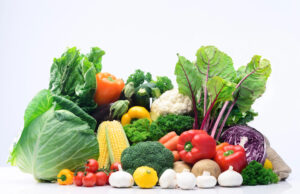
*We may earn a commission for purchases made using our links. Please see our disclosure to learn more.

